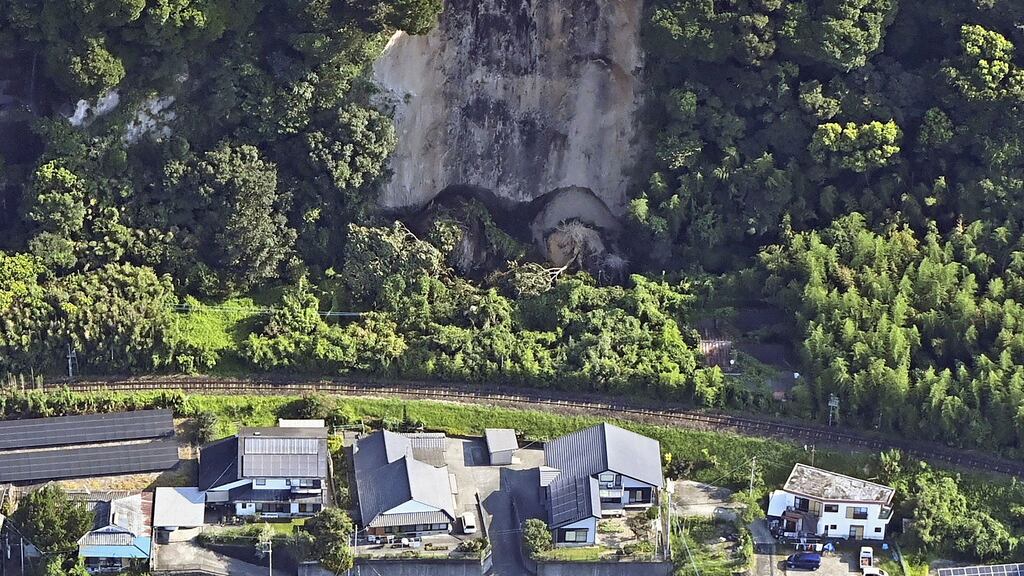TOKYO (AP) — On August 8, the Japan Meteorological Agency issued the first “mega-earthquake recommendation” in history, hours after a 7.1 magnitude earthquake shook the southwest of the country. This quake occurred at the westernmost end of a submarine trench prone to disasters, known as the Nankai Trough, and the meteorological agency said that the risk of another large earthquake occurring somewhere along the trench was higher than normal.
PUBLICIDAD
This Thursday, the Japanese government ended the alert, identified as an information campaign, which lasted a week, where caution and preparation were requested for this “mega-earthquake”, that is, an earthquake of magnitude 8 or greater, on the Pacific coast.
PUBLICIDAD
The announcement was made after no abnormal seismic activity was detected in the last week. Nevertheless, authorities urged the population not to let their guard down.
What was the “mega-earthquake” alert about?
In response, the government designated last week as a period of "special caution" and preparation in the region along the trench, urging residents to be prepared to evacuate immediately.
Last week, the government called on more than 700 municipalities in 29 out of the 47 prefectures of Japan to review their preparation and evacuation plans in response to the warning issued on August 8th.
The recommendation caused great confusion and fear, even in a country where people are used to moderate earthquakes, and affected travel plans during the mid-August vacation week in Japan. Many people rushed to stock up on food and emergency supplies, even in the capital region, outside the risk area.
Some coastal cities closed their beaches or canceled their annual fireworks, and train operating companies serving the area reduced the speed of their vehicles.
Why was the alert for the “mega-earthquake” lifted?
Tsukasa Morikubo, a disaster response official from the Cabinet Office, announced the end of the caution period starting Thursday afternoon, stating that seismologists did not detect any abnormal seismic activity around the Nankai Trough in the past week.
The end of the special caution period does not mean that there is no risk of a “mega-quake,” said Morikubo, and urged people to maintain their usual preparedness for earthquakes: “A next major earthquake could occur at any time and anywhere,” he stated.
Disaster management authorities from the Cabinet Office indicated that the decision to continue with the voluntary measures taken during the week depends on the municipalities, transportation services, and other businesses.
The Nankai Trough, a submarine trench that stretches for about 800 kilometers (500 miles) along most of the southern half of Japan’s Pacific coast, has repeatedly caused devastating earthquakes and tsunamis.
